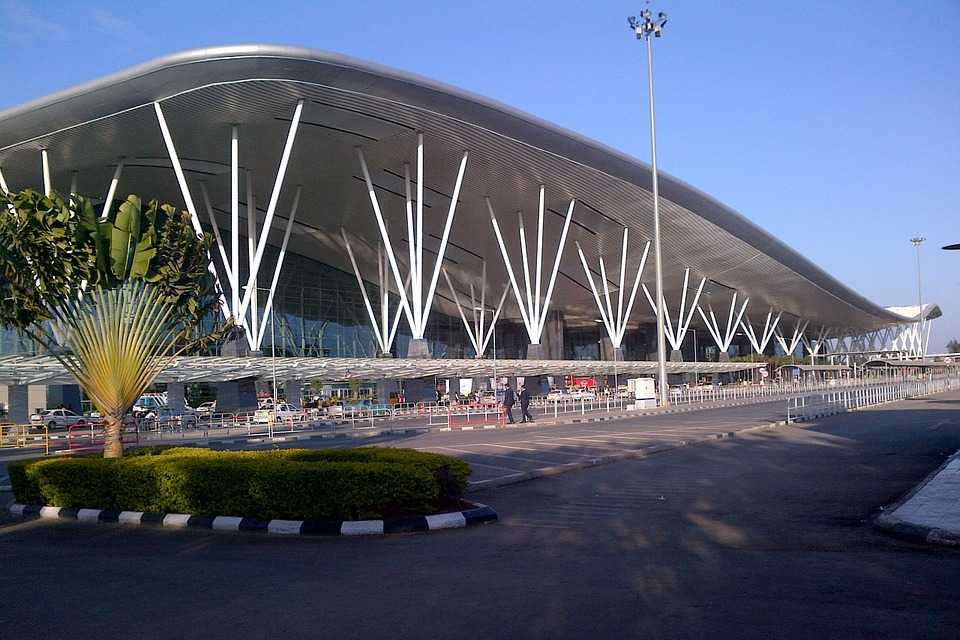NEWS
Exploring the Skies: Know More About India’s Airports

India’s Airports
India has a vast and growing aviation industry. The country has 137 airports, of which 24 are international and 103 are domestic. The Airport Authority of India (AAI) manages and operates all airports in India. From the bustling metropolises to the serene hill stations, airports play a crucial role in facilitating domestic and international travel. There are three types of airports in India- International airports (these airports handle international flights), Domestic airports (these airports handle domestic flights) and Customs airports (these airports handle both international and domestic flights). This post will take you through the fascinating world of India’s airports, exploring how many airports in India, their infrastructure, and the seamless air travel experience they offer.
Major Airports in India:
India boasts several major airports that act as key aviation hubs. Indira Gandhi International Airport in New Delhi, Chhatrapati Shivaji Maharaj International Airport in Mumbai, and Kempegowda International Airport in Bengaluru are the country’s busiest and most well-known airports. These airports offer world-class facilities, modern infrastructure, and efficient services to cater to the needs of millions of passengers.
Regional and Tier 2 Airports:
In addition to the major airports, India has a network of regional and tier 2 airports that provide crucial air connectivity to smaller cities and towns. Airports such as Chennai International Airport, Kolkata Airport, and Hyderabad International Airport are important regional hubs, facilitating travel within their respective regions and connecting them to larger cities.
Infrastructure and Modernisation Efforts:
India has invested significantly in upgrading its airport infrastructure to accommodate the growing number of passengers. Airports Authority of India (AAI) and private operators have collaborated to enhance terminals, runways, and other facilities. Many airports have witnessed the construction of new terminals, expansion projects, and the introduction of state-of-the-art technologies to improve passenger experience and operational efficiency.
Airports in Remote and Hilly Areas:
Diverse landscapes, including remote and hilly regions, characterise India’s geography. Airports like Leh Airport in Ladakh, Veer Savarkar International Airport in the Andaman and Nicobar Islands, and Kushok Bakula Rimpochee Airport in Ladakh provide crucial air connectivity to these areas. These airports often require specialised infrastructure due to challenging terrain and weather conditions.
The Rise of Low-Cost Carriers and Regional Connectivity:
The advent of low-cost carriers has revolutionised the Indian aviation industry, making air travel more affordable and accessible to a wider population. This has led to new airports, especially in smaller cities, and increased regional connectivity. Airports like Coimbatore International Airport, Jaipur International Airport, and Guwahati Airport have witnessed a surge in passenger traffic due to the expansion of low-cost carrier operations.
Future Developments and Expansion Plans:
India’s airport infrastructure is poised for further expansion in the coming years. The government’s ambitious plans, such as the UDAN (Ude Desh Ka Aam Nagrik) scheme, aim to enhance regional connectivity and develop airports in underserved areas. Projects like the Jewar International Airport near Delhi and the Navi Mumbai International Airport are set to become major aviation hubs, catering to the growing demand for air travel.
After going through this post, you will know how many airports are in India uniquely shaped the aviation landscape, from the major international airports to the remote airstrips. India’s airports are at the forefront of the country’s rapid growth and development, connecting its diverse regions. The continuous investments in infrastructure, modernisation efforts, and the rise of low-cost carriers have transformed air travel, making it more convenient and accessible to millions. As India’s aviation sector continues to soar to new heights, its airports will remain crucial catalysts for economic growth, tourism, and seamless connectivity.
Having completed my education in English, I’ve cultivated a successful career as a content writer. My tenure includes valued collaborations with distinguished professional organizations, reflecting my commitment to producing high-quality content.
Contact me on this mail: [email protected]










